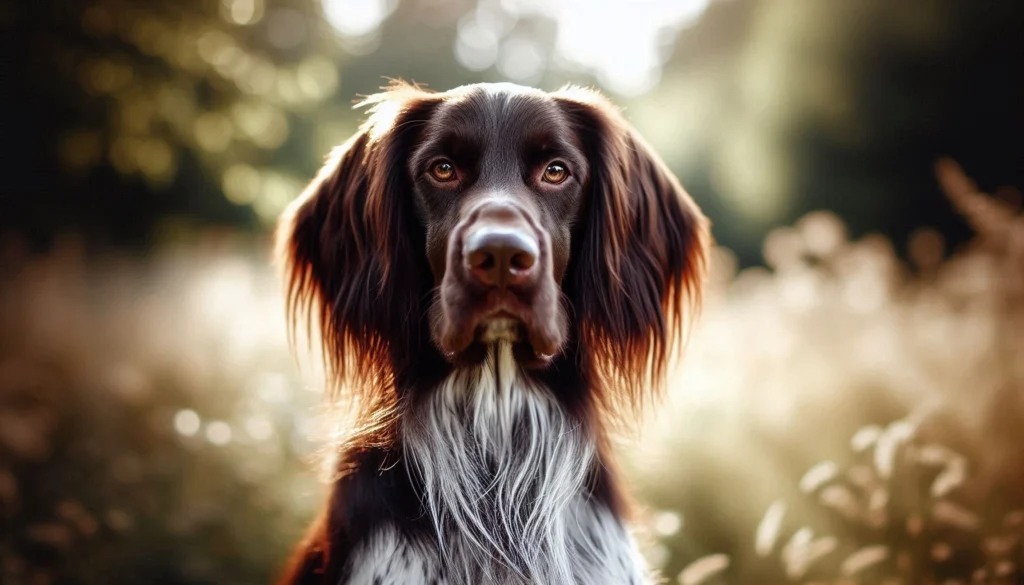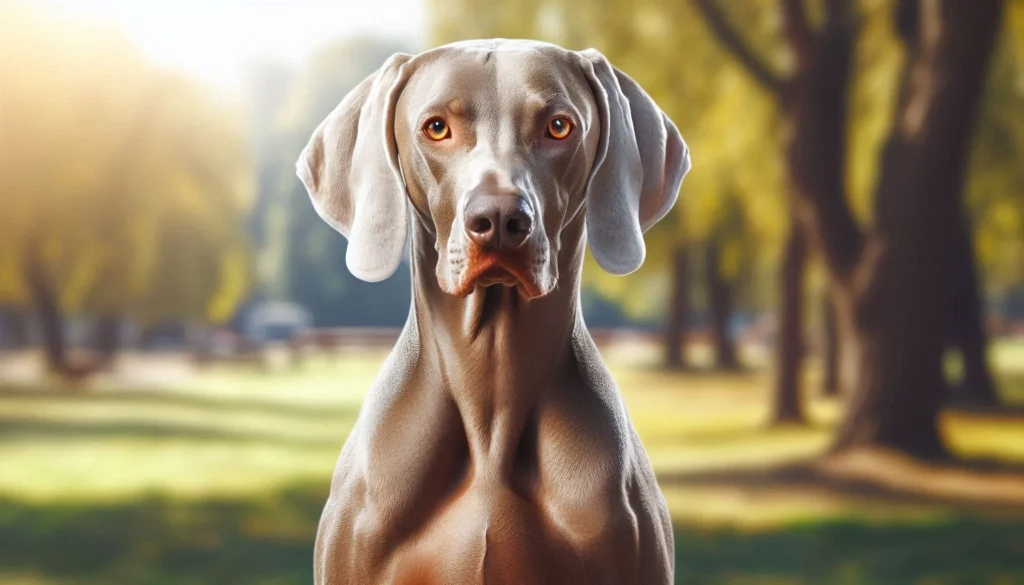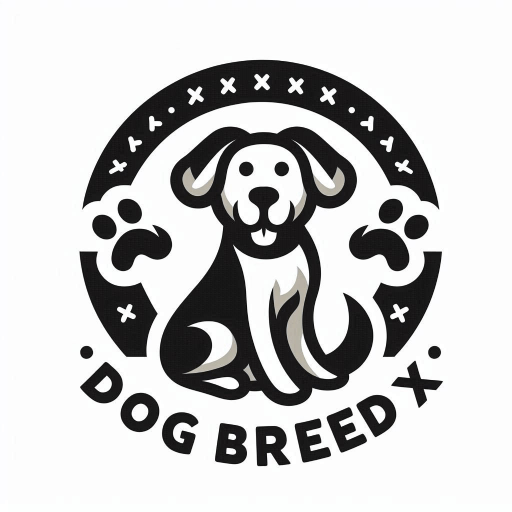Table of Contents
German Longhaired Pointer Dog Breed
The German Longhaired Pointer (GLP) is a versatile, intelligent, and elegant dog breed that is cherished for its hunting prowess and loving companionship. With its striking appearance and balanced temperament, the German Longhaired Pointer is a favorite among hunters, families, and dog enthusiasts alike. Known for their work ethic and loyalty, these dogs are an excellent choice for those looking for a devoted and active companion.
German Longhaired Pointer Dog History and Origin

The German Longhaired Pointer has a rich history rooted in Germany, where it was developed in the mid-19th century. This breed was created to be an all purpose hunting dog, capable of tracking, pointing, and retrieving game. The GLP’s development involved crossing various breeds, including local German hunting dogs, setters, and spaniels, to create a dog with a keen nose, strong work ethic, and gentle temperament.
The breed was officially recognized in Germany in the late 1800s. Despite its popularity in Europe, the German Longhaired Pointer remains relatively rare outside its homeland, though it has a devoted following among hunters and dog fanciers who appreciate its versatility and elegance.
German Longhaired Pointer Dog Physical Characteristics

The German Longhaired Pointer is a medium to large sized dog with a graceful and athletic build. Its appearance is both striking and functional, making it well suited for its role as a hunting dog.
- Size: Adult males typically weigh between 60-70 pounds and stand about 24 28 inches tall at the shoulder. Females are slightly smaller, weighing between 50 60 pounds and standing 22 26 inches tall.
- Coat Type: The GLP’s coat is one of its most distinctive features. It is long, dense, and slightly wavy, offering protection against harsh weather conditions. The coat is feathered on the ears, chest, belly, and tail, giving the dog a majestic appearance.
- Colors: The breed’s coat colors range from solid brown to brown with white markings, including patches, speckles, or roan. The brown and white pattern is the most common, creating a striking contrast that highlights the breed’s elegant lines.
- Distinctive Features: The GLP has a noble and expressive face with dark, almond-shaped eyes that exude intelligence and warmth. Its ears are long and feathered, hanging close to the head. The tail is carried straight or slightly curved, with a plume of long hair that adds to the breed’s distinguished look.
Temperament and Personality
The German Longhaired Pointer is known for its balanced and affectionate temperament. This breed is intelligent, trainable, and eager to please, making it an excellent choice for a wide range of owners.
- Interaction with People: GLPs are known for their strong bond with their owners. They are affectionate, loyal, and enjoy being involved in family activities. These dogs are usually friendly with strangers but can be reserved until they get to know someone.
- Interaction with Children: The German Longhaired Pointer is generally good with children, especially when socialized from an early age. Their gentle nature makes them patient and reliable companions for kids, though their energy levels may be too much for very small children without supervision.
- Interaction with Other Animals: This breed typically gets along well with other dogs and can live harmoniously with cats if introduced properly. However, due to their strong hunting instincts, they may chase smaller animals, so supervision and training are important.
Health and Lifespan
The German Longhaired Pointer is a relatively healthy breed, but like all dogs, it is prone to certain health conditions. Understanding these can help owners take preventive measures to keep their dogs healthy.
- Common Health Issues:
- Hip Dysplasia: A genetic condition that affects the hip joints, potentially leading to arthritis and mobility issues.
- Ear Infections: Due to their long, feathered ears, GLPs are prone to ear infections if not regularly cleaned and checked.
- Bloat (Gastric Dilatation-Volvulus): A serious condition where the stomach twists, cutting off blood flow and requiring immediate veterinary attention.
- Lifespan: The average lifespan of a German Longhaired Pointer is 12-14 years. With proper care, regular vet check ups, and a healthy lifestyle, many GLPs live long, active lives.
- Tips for Health Maintenance:
- Regular exercise is essential to prevent obesity and keep the dog’s muscles and joints in good condition.
- A balanced diet tailored to the breed’s activity level helps maintain optimal health.
- Routine grooming, including ear cleaning and dental care, is crucial for preventing infections and other health issues.
Care and Grooming

Caring for a German Longhaired Pointer requires a commitment to regular grooming, exercise, and proper nutrition to ensure they remain healthy and happy.
- Grooming Needs:
- The GLP’s long, dense coat requires regular brushing, at least two to three times a week, to prevent matting and tangling. During shedding season, more frequent grooming may be necessary.
- Bathing should be done as needed, typically every few months, unless the dog becomes dirty or smelly.
- Regular ear cleaning is important to prevent infections, particularly after the dog has been swimming or hunting.
- Nail trimming should be done regularly to prevent overgrowth, which can cause discomfort or injury.
- Exercise Requirements:
- German Longhaired Pointers are highly energetic dogs that require substantial daily exercise. This includes long walks, runs, and playtime.
- They excel in activities such as hunting, agility, obedience, and tracking. Engaging them in these activities helps meet their physical and mental needs.
- Mental stimulation is also important. Interactive toys, training sessions, and puzzle games can help keep them engaged and prevent boredom.
- Dietary Recommendations:
- A high-quality, balanced diet is crucial for this active breed. Look for dog foods with high protein content to support their energy levels.
- Portion control is important to prevent obesity, especially since the GLP is a large, active breed.
- Fresh water should always be available, and feeding should be split into two meals per day to reduce the risk of bloat.
Training and Socialization
Training and socializing a German Longhaired Pointer is essential to harness their intelligence and energy positively.
- Training Tips:
- Start Early: Early training and socialization are crucial to developing good behaviors and preventing undesirable traits.
- Positive Reinforcement: GLPs respond well to positive reinforcement techniques, such as treats, praise, and play. Harsh methods can be counterproductive with this sensitive breed.
- Consistency: Be consistent with commands and expectations. The breed’s intelligence means they learn quickly, but consistency is key to reinforcing good behavior.
- Challenge Them: Incorporate advanced training or dog sports to keep their minds and bodies engaged. Boredom can lead to destructive behavior, so keep them challenged and stimulated.
- Socialization:
- Expose your GLP to various people, environments, and other animals from a young age to build confidence and reduce anxiety.
- Regular trips to dog parks, training classes, or playdates with other dogs can help them develop good social skills.
Suitability as a Family Pet

The German Longhaired Pointer can make an excellent family pet, but there are several factors to consider before bringing one into your home.
- Living Environment: GLPs are best suited for homes with ample space and a yard where they can run and play. They are not ideal for apartment living unless the owner is committed to providing significant daily exercise.
- Energy Levels: This breed has high energy levels and requires a lot of physical and mental stimulation. They are perfect for active families who enjoy outdoor activities like hiking, running, or hunting.
- Family Dynamics: GLPs thrive in environments where they are part of the family activities. They do not do well being left alone for long periods, as they can develop separation anxiety and engage in destructive behaviors.
Fun Facts and Trivia
Here are some fun facts about the German Longhaired Pointer that might surprise you:
- Ancient Lineage: The German Longhaired Pointer’s ancestry can be traced back to hunting dogs used in the Middle Ages, making them one of the oldest pointer breeds.
- Water Lovers: GLPs are excellent swimmers, and their water resistant coats make them well-suited for retrieving game from water.
- Not Just Hunters: While they are exceptional hunting dogs, GLPs have also been used as therapy dogs due to their gentle and empathetic nature.
Dog Breeds Similar to German Longhaired Pointer



If you love the German Longhaired Pointer, you might also be interested in these similar breeds:
- German Shorthaired Pointer: A close relative of the GLP, the German Shorthaired Pointer is also an all-purpose hunting dog known for its energy, intelligence, and versatility. The GSP has a shorter coat and is more widely recognized outside of Germany.
- Weimaraner: Known as the “Gray Ghost” due to its sleek gray coat, the Weimaraner shares the GLP’s hunting instincts, intelligence, and need for an active lifestyle. They are slightly larger and have a more muscular build.
- English Setter: The English Setter is another versatile hunting breed with a long, feathered coat. They are known for their elegance, gentle nature, and ability to work in the field as well as being affectionate family pets.
Conclusion
The German Longhaired Pointer is a remarkable breed, combining intelligence, elegance, and a strong work ethic into a loyal and affectionate companion. Whether you’re an avid hunter or an active family, the GLP might be the perfect addition to your home. With the right care, training, and attention, this breed will reward you with years of companionship, love, and adventure.
FAQs
Is the German Longhaired Pointer a dangerous dog?
No, the German Longhaired Pointer is not considered a dangerous dog. They are known for their gentle and friendly nature. While they have strong hunting instincts, they are typically affectionate and trustworthy with people, including children. Proper socialization and training ensure they are well behaved and safe companions.
Is the German Longhaired Pointer the best guard dog to protect you or your family?
While the German Longhaired Pointer is alert and may bark to alert you to strangers, they are not typically used as guard dogs. Their friendly and social nature means they are more likely to welcome guests rather than act as protectors. However, their loyalty and intelligence mean they can be trained to be more protective if needed, though they are not naturally aggressive.


